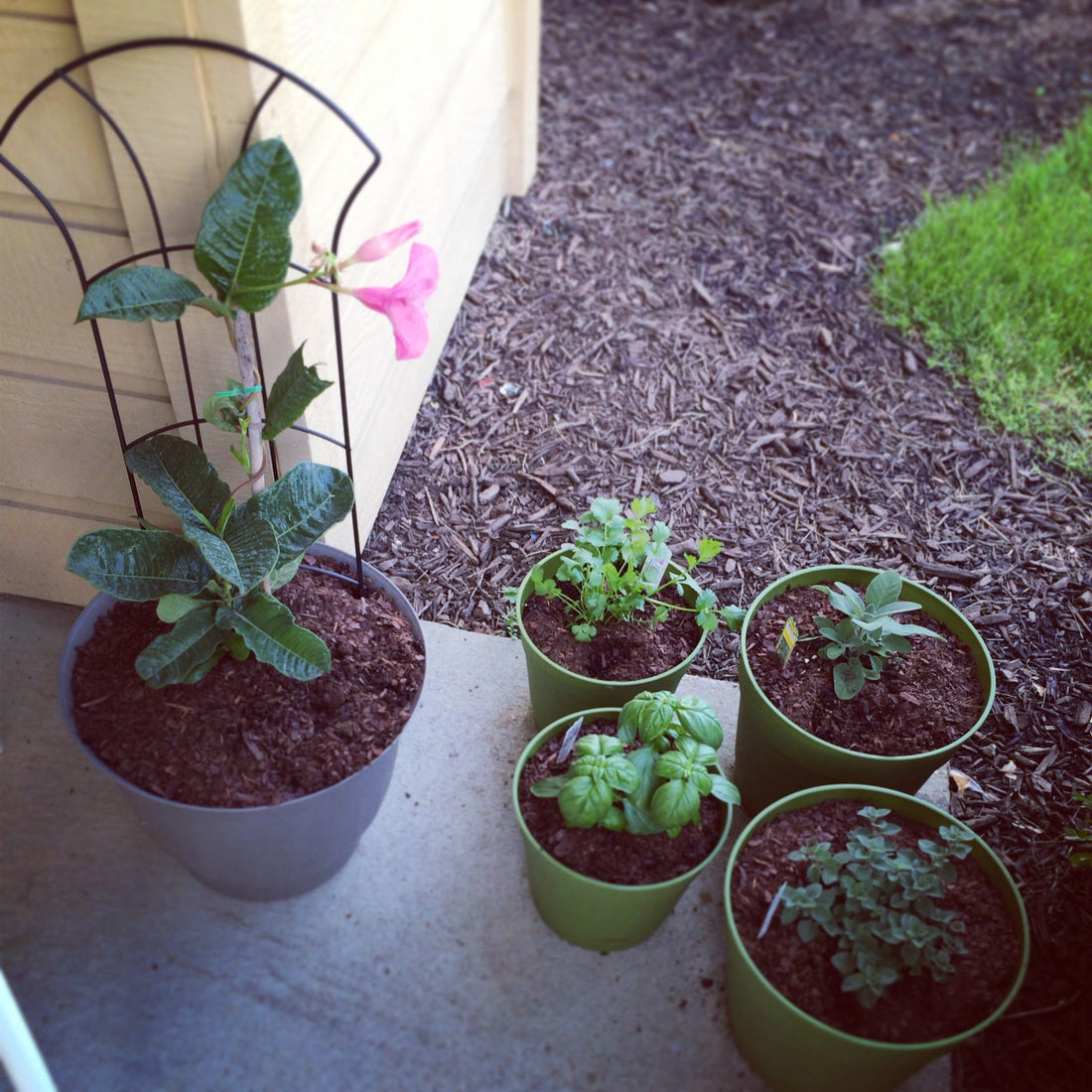
Plant Care Is a Learning Process: Why It’s Okay If Your Houseplants Die Sometimes
Growing up, plants were everywhere.
My Nana had a lush garden that seemed to bloom effortlessly. Her backyard was a colorful, fragrant oasis—full of life, personality, and purpose. I still remember carefully weaving my hand through the fully-thorned rose bush planted conveniently in front of the garden spicket.
My mom inherited that same love of gardening, and I remember her hands always in the soil, coaxing beauty and bounty from even the smallest corners of our yard.
To them, gardening was second nature. They knew how to keep plants alive. They seemed to have an intuitive understanding of when to prune, when to water, how to save something struggling. To me, as a kid, it felt more like a chore. I didn’t appreciate the joy in the quiet ritual of weeding or the pride in nurturing something over time.
But as an adult, I began to see it differently. I started bringing houseplants into my home—thinking I could easily carry on the family tradition.
(Spoiler alert: not all of them made it.)
And that’s okay.
After more than five years of connecting with people through Theory Beyond Design, one thing stands out to me: so many people feel guilty about not being able to keep plants alive. It’s one of the most common confessions I hear:
"I just don’t have a green thumb."
"If I could only keep plants alive..."
"Plants don't like me."
There’s often this sense of shame or frustration, like struggling with plant care is some kind of personal failure.
But here’s what we need to remember: most houseplants aren't even native to our region. We're asking tropical or subtropical plants to adapt to dry indoor air, filtered light, and our irregular watering habits. We’re growing them in completely artificial conditions.
So when they thrive, the stars have aligned—and that’s a wonderful feeling. But when they don’t, it’s not a reflection of your worth or ability. It doesn’t mean you’re bad at it. It means you’re still learning.
Plant care is a process. It’s trial and error. It’s noticing which leaves curl in which window, experimenting with how often to water, and adjusting as you go. It’s completely normal to lose a few along the way.
We don’t need to beat ourselves up when a plant dies. Just like cooking or painting or learning a language, taking care of plants is a skill we develop over time. Sometimes you overwater. Sometimes you forget. Sometimes you just bought a plant that wasn’t a good fit for your home.
And that's part of the journey.
So to anyone who’s ever whispered, “I can’t keep plants alive”—you’re not alone. And you’re not failing. You’re just learning, experimenting, and growing—right alongside your plants.
Even with my Nana and mom’s green thumbs in my lineage, I’ve had plenty of crispy ferns and droopy pothos moments. But every one of them taught me something. And some of them, against all odds, are still thriving.
Let’s stop feeling guilty and instead give ourselves the grace to grow.
What's Next?
Can you tell the difference between a pothos and a philodendron?
